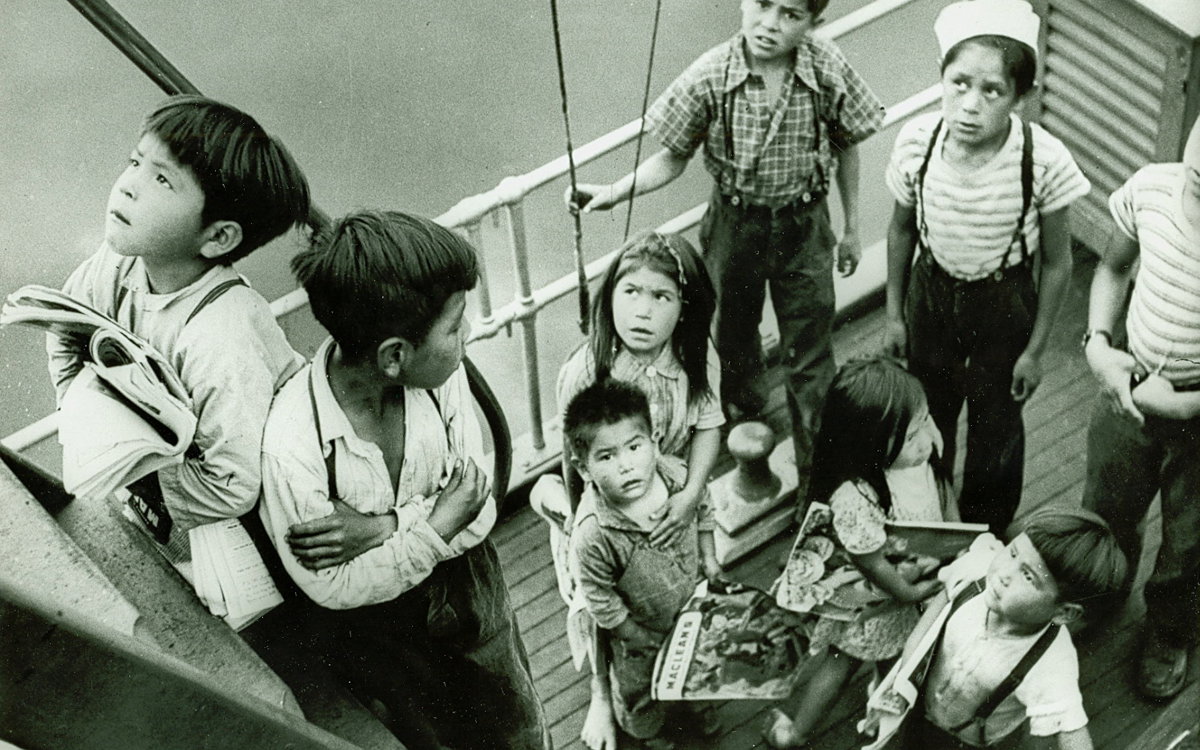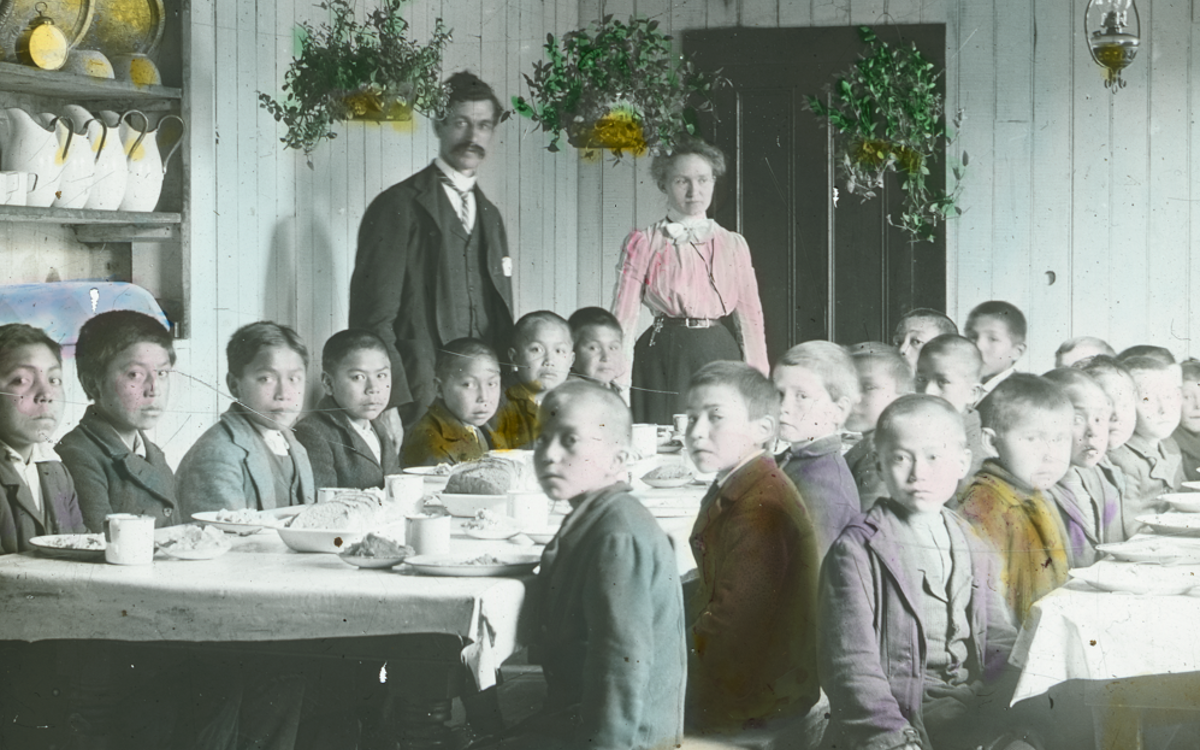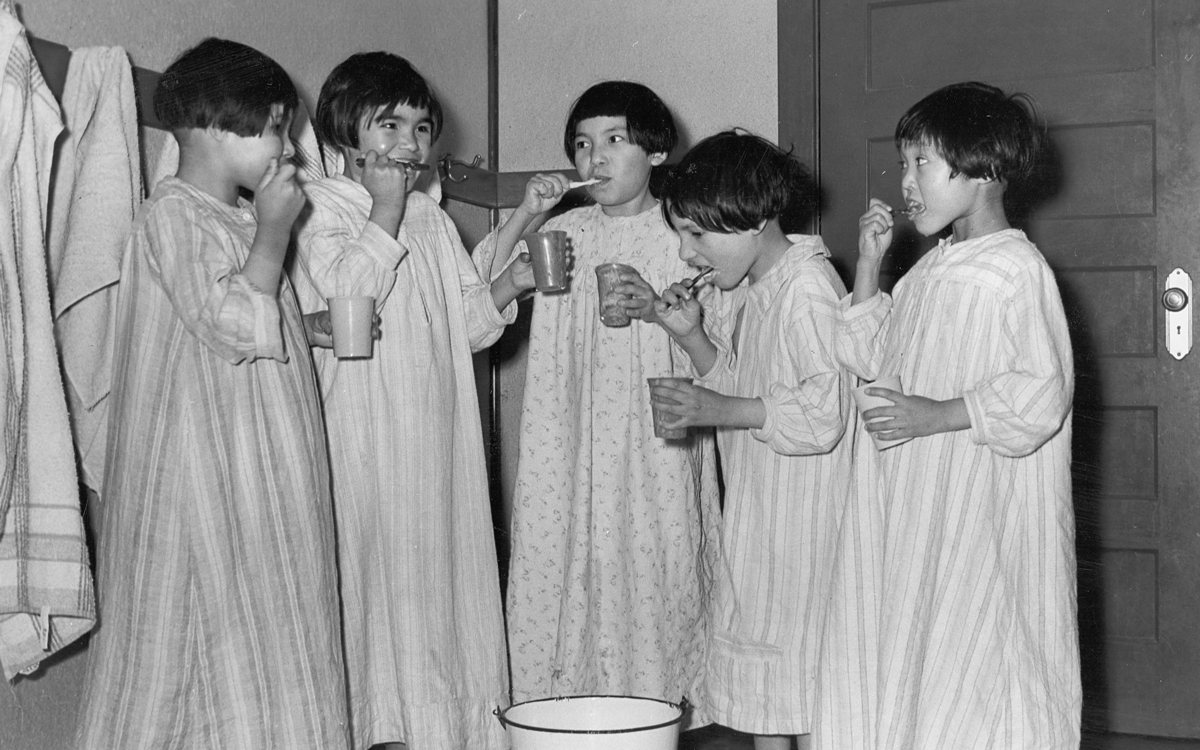Why recognising and revitalising indigenous languages is central to addressing legacies of historical injustice. By Mark Turin, University of British Columbia, Canada

Recognising and revitalising indigenous languages is central to addressing the legacies of historical injustice.
By Mark Turin, University of British Columbia, Canada
Our fragile planet is home to extraordinary levels of linguistic diversity, with more than 7,000 languages currently spoken and signed every day. Whether monolingual, bilingual or plurilingual, readers of this magazine will likely be conversant in at least one dominant national language, yet many of us would be hard pushed to name more than 100 languages or locate where they are spoken on a map.
Our human linguistic tapestry is highly unstable. It has been rapidly eroded over the last few centuries through a potent mix of colonisation, linguistic imperialism, and ever more technologised networks of global trade. The result is that half the world’s population speak one of only 23 languages. Such linguistic homogenisation leaves in its wake a linguistic landscape that is at once fragmented and vulnerable, with endangered languages and the communities who speak them under extreme stress.
In recognition of this entirely self-made crisis, the United Nations has proclaimed 2019 as the International Year of Indigenous Languages. This celebration of linguistic vitality and resilience provides welcome affirmation of the fact that historically-marginalised languages are the vehicles for the transmission of unique and embodied cultural knowledge and oral traditions that become threatened when Elders die and livelihoods are disrupted.
The pressures facing endangered languages are as severe as those recorded by conservation biologists for flora and fauna, and in some cases more acute. Even by conservative estimates, half of all of the world’s natural languages will cease to be used in everyday communication by the end of this century. While linguists refer to this process as language ‘endangerment’, ‘loss’ and even ‘death’, these may be loaded terms for people who struggle to continue speaking their ancestral tongue: to describe a language as ‘dying’ not only forecloses the possibility of renewal but may also imply an apparently agentless process in which language loss is somehow natural or inevitable.
Forbidden, not forsaken
For the indigenous communities with whom I have the privilege of working, language endangerment often feels less like a gentle disappearance and more like violent ‘linguicide’. After all, language endangerment is not a natural or inevitable process, the unfortunate by-product of modernisation. Rather, across the world and through a variety of efforts that have included education initiatives, punitive legislation and intentional neglect, colonial authorities and governments have instituted language policies that have sought to weaken traditional cultural ways, assimilate indigenous populations, and gain access to their land and resources.
Having disrupted intergenerational transmission and disconnected the language from the land, governments were able to introduce new place names in colonial languages – the terms ‘New Zealand’ and ‘British Columbia’ serve as enduring examples. In Canada, the settler-colonial government took note of the unique relationship that existed between a language and the land on which it was spoken, and focused its attention on breaking this apart by marginalising – and even outlawing – indigenous languages, forcibly relocating communities far away from their traditional territories.

For over 150 years, residential schools operated in Canada. Over 150,000 children attended these schools. Many never returned. Often underfunded and overcrowded, the schools were used as a tool of assimilation by the Canadian state and churches. Thousands of students suffered physical and sexual abuse. All suffered from loneliness and a longing to be home with their families. The damages inflicted by the schools continue to this day.'

As speakers know all too well – and as academics are beginning to learn – language loss has far-reaching social and economic repercussions for the communities in question. Indeed, language is so heavily intertwined with cultural knowledge and identity that speech forms often serve as meaningful indicators of a community’s vitality and social wellbeing.
Yet, for as long as efforts have existed to impose colonial languages on indigenous peoples as a means of reshaping their identity, these same processes have been opposed by speakers of these languages. And today, more than ever before, vigorous efforts are underway to reclaim and revitalise endangered languages, and to reverse the trend of language loss.
The undoing of the past
To make sense of contemporary efforts to revitalise indigenous languages, we need to understand the context that has shaped their marginalisation. The use of the prefix ‘re’ in words such as revitalisation, rejuvenation, revival, and resurgence points to the undoing of some past action or deed. If the world’s linguistic diversity had not been ‘devitalised’ to begin with – through colonisation, imperial adventure, war, and forced migration – there would be less need for languages to be ‘revitalised’ today.

The work of language revitalisation is inherently multidisciplinary and political, with long-range cultural and social goals that extend beyond the immediate task of generating more speakers. Increasingly, language revitalisation programmes are as much focused on decolonising education and plotting a path towards indigenous self-determination as they are directed at reclaiming linguistic forms.
Some language communities are developing a terminology for discussing both endangerment and revitalisation that is in itself empowering. One example is a movement to refer to languages without any current first-language speakers as ‘sleeping’ rather than ‘extinct’. While the distinction might appear naively aspirational to those not closely involved in such work, all terminology has both symbolic value and political impact. The biological extinction of a species has a one-directional finality that linguistic ‘extinction’ does not. The term ‘sleeping’ points to the potential of a language to be revived after it has lost its last first-language speakers – an opportunity that is not available to a dodo or dinosaur.
While bringing a language back from sleeping to having a community of fluent speakers is a phenomenon that has been uncommon in human history, there are recent examples. These include the remarkable and inspiring case of the Wampanoag language, which was sleeping from the late 19th century until revitalisation efforts resulted in fluent child speakers in the 21st century.
For peoples like the Myaamia, who have no first-language speakers left but are working creatively to build a new generation of speakers, the goal is to raise their children with culturally-embedded beliefs and values, using the language as a means of preserving and expressing these elements. Rather than some ideal, end-state fluency, it is the sustained effort of communities that determine the goals of any language revitalisation project. As all who are engaged in language revitalisation can attest, the work is never complete: success starts when revitalisation efforts begin, and doesn’t end until efforts themselves cease.
The term ‘sleeping’ points to the potential of a language to be revived after it has lost its last first-language speakers – an opportunity that is not available to a dodo or dinosaur.

Indigenous cyberspace
Elders and young people in indigenous communities are actively using and appropriating emerging technologies to strengthen their traditions and languages. Indigenous peoples are creators and innovators – not just recipients or clients – of new technologies, particularly in the domain of cultural and linguistic heritage. While technological efforts in the 1970s included modified typewriters and custom-made fonts, communities are now making use of digital tools – online, text, internet radio and mobile devices – to nurture the continued development of their diverse languages and cultures.
Such interventions are not without risks and consequences. Digital technologies cannot and will not save languages. Only speakers keep languages alive. A digital dictionary itself won’t revitalise an endangered language, but could assist the speakers who will. At the same time, technology can be as symbolically powerful as it is practically useful, and can carry considerable political weight. In the English-dominant world of cyberspace, indigenous communities are engaging with, disrupting, and re-imagining digital practices. By generating digital visibility and legibility, indigenous communities claim a ‘presence’ online, and exert control over the terms of indigenous representation.
The healing power of language
A series of innovative studies illustrates both the central relevance of language to community wellbeing and how the healing nature and holistic benefits of language revitalisation can have an impact beyond nurturing linguistic vitality alone. A recent Canadian study, for example, showed a compelling correlation between indigenous language use and a decrease in Aboriginal youth suicide rates in British Columbia. Such statistical research helps to highlight the multidimensional nature of language revitalisation and its cross-sector impact on the lives and livelihoods of indigenous communities.
The Federal Government of Canada and its research councils are beginning to provide targeted resources to explore the intersection of language, wellbeing, and health. Here, it is vital that indigenous communities are not positioned as competitors for resources, but rather have dedicated funding streams that will enable long-term sustainability.
Crucially, we need to listen to and learn from indigenous communities, and support community-led revitalisation programmes through respectful partnership. Goals set by the communities themselves are more attainable, more credible, and have a higher chance of fulfilment. Indigenous communities know their needs better than anyone, and acknowledging this expertise is a step towards reconciliation.
So, while the alarms bells have sounded and the threat of languages ceasing to be spoken remains a reality for increasing numbers of communities, the indomitable human spirit in the face of adversity should not be underestimated. Language communities across the globe have proven throughout history that the odds can be beaten and that the effects of colonisation are surmountable.
Indigenous communities must be supported and resourced to design and implement their own research agendas, funding needs, and success criteria for language revitalisation and reclamation work. By engaging in collaborative linguistic and cultural revitalisation work, building partnerships, providing resources and nurturing communities of practice, the tide can be turned and more languages will join the ranks of Hawaiian, Māori, Myaamia, and Wampanoag.
Dr Mark Turin is Associate Professor of Anthropology at the University of British Columbia, Canada, and former Chair of UBC’s First Nations and Endangered Languages Program. Mark also directs both the World Oral Literature Project and the Digital Himalaya Project.
Image of children on the deck of boat at St Michael's Indian Residential School (P8429-14) and girls brushing their teeth at St Philip's Indian Residential School (P75-103-S7-301) both courtesy of the General Synod Archives, Anglican Church of Canada.The image of of boys in the dining room at Brandon Indian Residential School (93.049P/202S) is courtesy of the United Church of Canada Archives.
